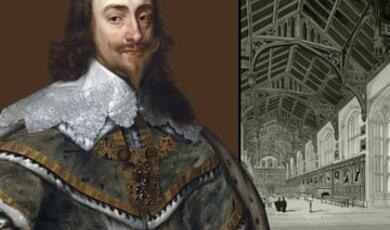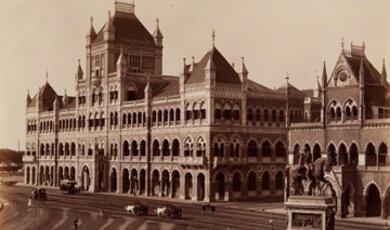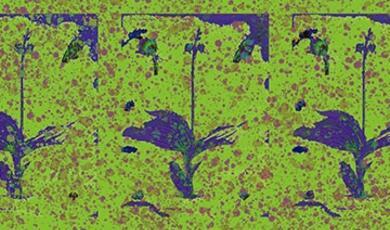The Rosetta Stone
Share
- Details
- Transcript
- Audio
- Downloads
- Extra Reading
The Rosetta Stone is perhaps the most important archaeological find of all time; it was thanks to it that we understand the language of the hieroglyphs and came to comprehend the ancient Egyptian civilization that lay beyond them.
When the stone was discovered by mistake by Napoleonic forces in 1799, its importance was obvious; with the same text translated into three languages, it offered the chance at last to understand Ancient Egyptian hieroglyphs. But the cracking of the code was not at all straightforward and it took some of the greatest minds of Europe years before the most widely-anticipated code-breaking of all time was achieved.
Professor Richard Parkinson tells the story of Thomas Young, Jean-Francois Champollion and the other great Egyptologists behind the unlocking of the Stone’s secrets, while also offering us an insight into the story of the Stone itself, from the questionable artifact-handling of the Victorian era through to its place today at the centre of the British Museum and of the world’s consciousness.
Download Transcript
26 February 2015
The Rosetta Stone
Professor Richard Parkinson
The Rosetta Stone was the key to the decipherment of hieroglyphs. The inscription on it is a decree passed by a council of priests, affirming the royal cult of the boy-king Ptolemy V on the first anniversary of his coronation. It was carved in a period when Egypt was ruled by kings of Greek descent, and so the decree is inscribed on the stone three times, in hieroglyphic script (the traditional script of Egyptian culture), demotic (the Egyptian script used for daily purposes), and Greek (the language of the administration).
Soon after the end of the fourth century AD, when hieroglyphs had gone out of use, the knowledge of how to read and write them disappeared. In summer 1799, soldiers in Napoleon's army discovered the Rosetta Stone in while digging the foundations of an addition to a fort near the town of el-Rashid (Rosetta). On Napoleon's defeat, the stone became the property of the British under the terms of the Treaty of Alexandria (1801), and scholars were able to use the Greek inscription in their struggle to decipher hieroglyphs.
Thomas Young, an English physicist, was the first to show that some of the hieroglyphs on the Rosetta Stone wrote the sounds of a royal name, that of Ptolemy. Using this and other inscriptions, including an inscription on an obelisk from Philae, the French scholar Jean-François Champollion then realized that hieroglyphs recorded the sound of the Egyptian language and laid the foundations of our knowledge of ancient Egyptian language and written culture.
The Rosetta Stone has been exhibited in the British Museum since 1802 and has become an icon of humanity’s attempts to decipher languages and cultures. In 1999, the bicentenary of its discovery was celebrated with an exhibition ‘Cracking Codes: The Rosetta Stone and Decipherment’, which included a model of the Rosetta space probe.
© Professor Richard Parkinson, 2015
Selected References
http://www.britishmuseum.org/explore/highlights/highlight_objects/aes/t/the_rosetta_stone.aspx.
R. B. Parkinson, Cracking Codes: The Rosetta Stone and Decipherment. (London: British Museum Press 1999).
R. B. Parkinson, The Rosetta Stone (Objects in Focus; London: British Museum Press 2005).
This event was on Thu, 26 Feb 2015
Support Gresham
Gresham College has offered an outstanding education to the public free of charge for over 400 years. Today, Gresham plays an important role in fostering a love of learning and a greater understanding of ourselves and the world around us. Your donation will help to widen our reach and to broaden our audience, allowing more people to benefit from a high-quality education from some of the brightest minds.


 Login
Login







